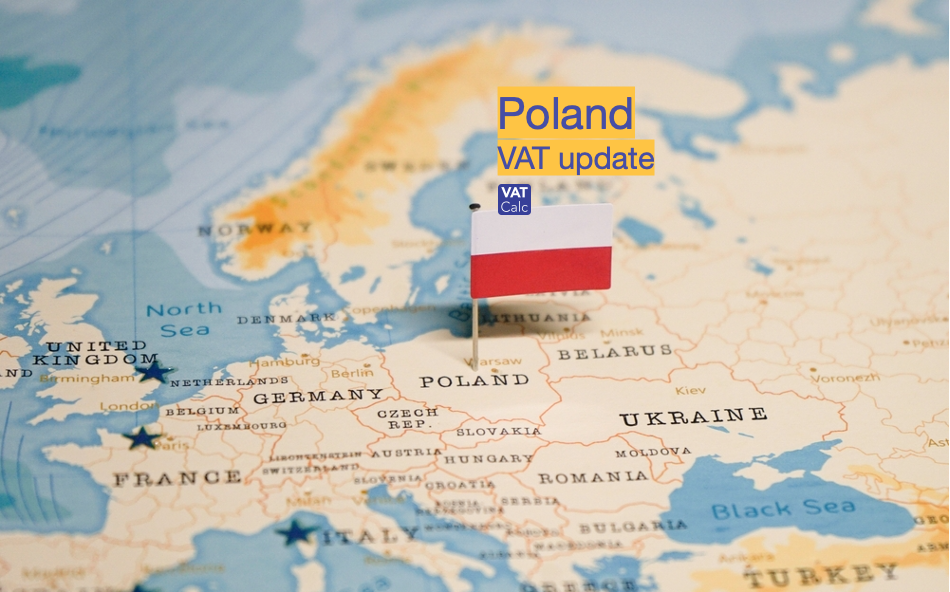European Commission grants extension of anti-VAT fraud measure until February 2028
Poland has won an extension of its derivation from the EU VAT Directive to impose withholding VAT, or split payments, on certain goods and services transactions. The measure, approved by the EU Council, was initially introduced in November 2019 and allows continued application of the split payment mechanism in VAT, which derogates from Article 226 of Directive 2006/112/EC, until 28 February 28 2028.
See more in our Polish VAT guide.
To secure the continuation of the derogation, Poland was able to demonstrate:
- Improved VAT collections
- Faster refunds of credits for taxpayers
Poland’s VAT Gap has been shrinking for a number of years, and now stands at €5.4 billion. Enjoy our global VAT and GST free news emails, sign-up here.
Special VAT accounts for split payments
Under the Polish requirements, the customer must open special, controlled bank accounts, ‘VAT account’ to receive the VAT element of customer settlements. In practise, the payment is made by the customer in a single transfer, and the bank operates the split between the bank accounts of the vendor. These accounts generally may only be used to pay VAT liabilities to the tax authorities.
Taxpayers must list the VAT accounts with the tax authorities, who in turn publicly list them in so-called ‘white list’ for inspection by customers.
There is a transaction threshold of PLN 15,000 (approximately €3,155). Over 150 types of high-risk goods and services are included in the split payments rules. This includes: construction; steel; electronics; fuels; non-ferrous metals; and gold.
VAT Calc’s tax engine, VAT Calculator, is built on all the EU VAT Directive articles and local law implementations. This includes the ‘may provisions’, including Article 194. This means every time there are updates such as the Polish Split payments, there is no extra costs, planning or demands on ERP teams and reliance on external advisors.



